6 expert tips for buying tiles online - designers on how to avoid expensive mistakes
When buying tiles online, experts explain what to do - and what not to do - to get it right first time
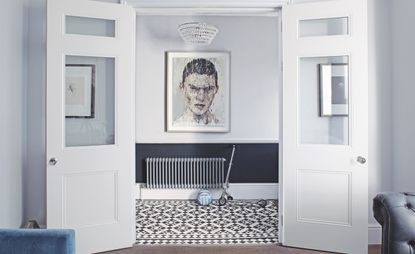
With these tips for online tile shopping, you can make the best decision for your home and budget. Choosing tiles for your bathroom, kitchen or flooring is one of the more interesting aspects of a home renovation. Pinning images of favorite tile designs and deciding where to put them is fun and creative.
The practical elements can be less so and this is where some of us can get tripped up when online tile shopping. Tiles come in many different materials, some suitable for certain areas and some not. These materials can vary hugely in price too.
It pays to be clued up about the pros and cons of tile types, as well as what you need and what you don't from the outset. Tiles are heavy, so returning them is not always easy. So whether you're planning to stick to the latest bathroom tile trends or hunting for the perfect entryway flooring, here's what experts suggest.
6 tips for online tile shopping
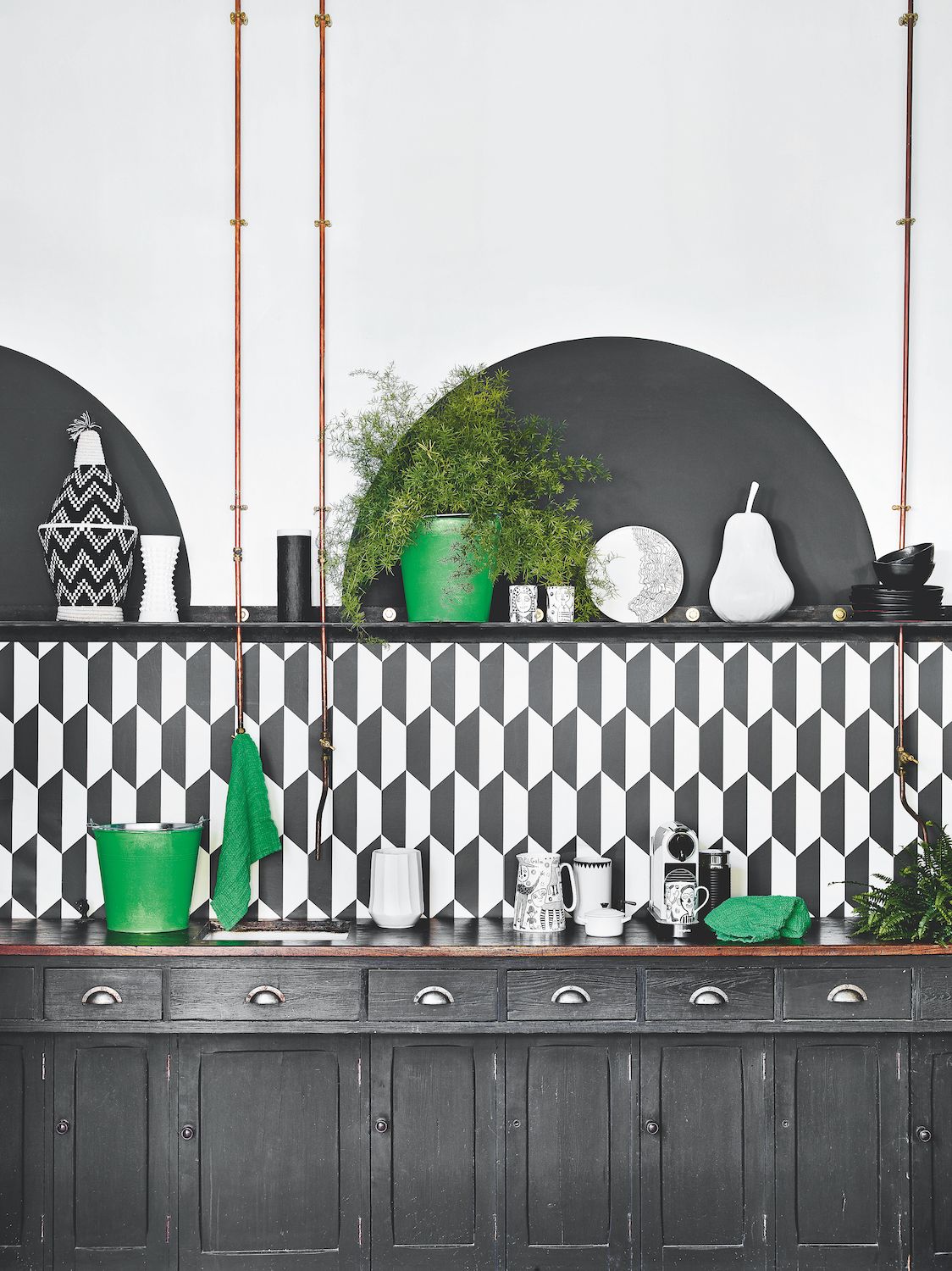
1. Always order samples first
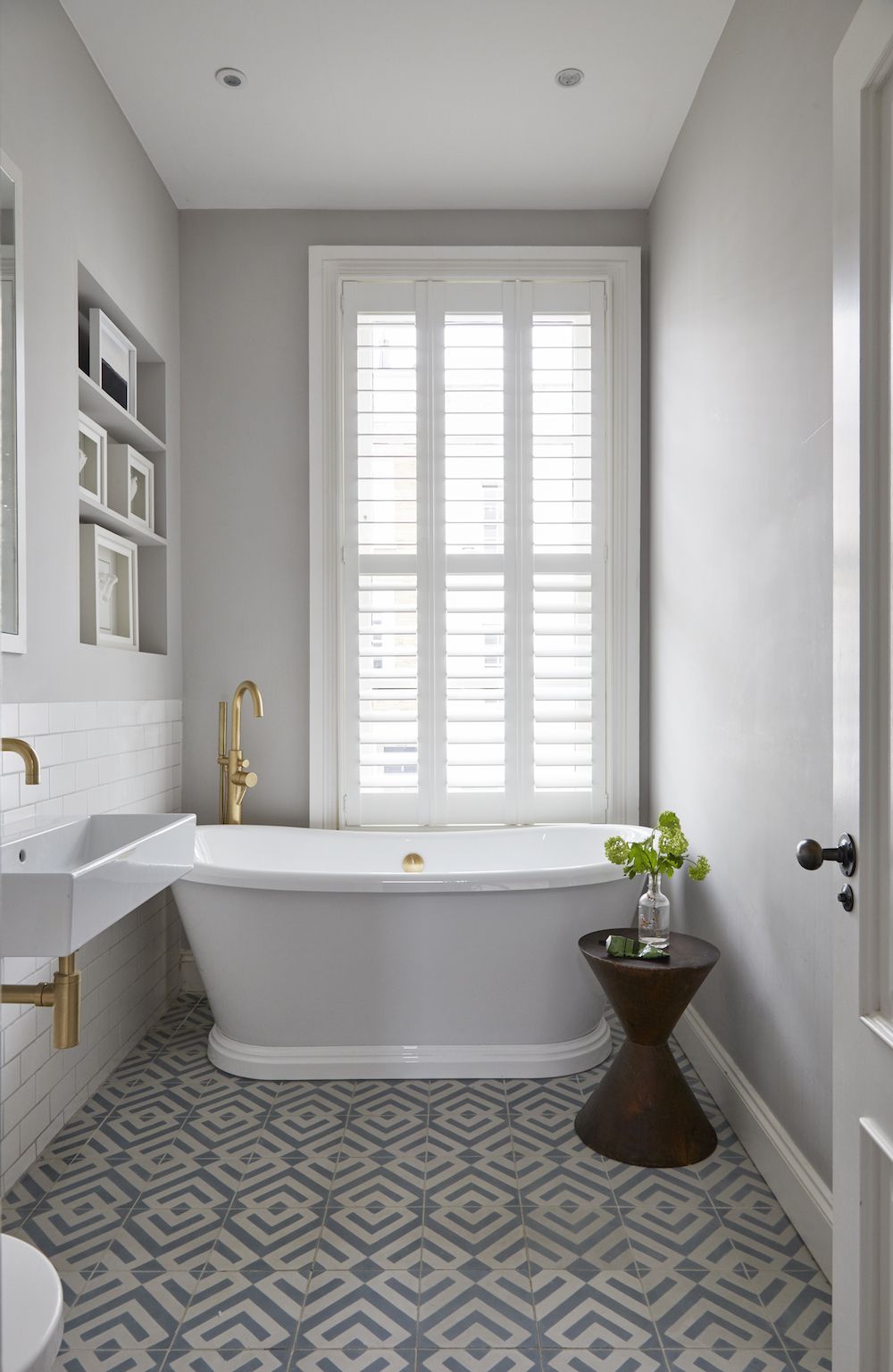
Placing an order of tiles without seeing them first is risky. The tiles may not look as you imagined in the space. Seeing colors on a screen is never the same as seeing them in real life, as the full color spectrum is not available.
The available light - or lack of it - in a modern bathroom or kitchen will change the color of the tiles. You want to lay the tiles in will also affect how the colors and finish look. So never buy tiles without seeing and touching them first.
'Tile samples are usually free so ordering cut samples is a no-brainer,' says Amanda Telford, tile expert at CTD Tiles. 'You can often order a full-sized option too if you feel you need to see a larger surface.'
2. Consider a cheaper material
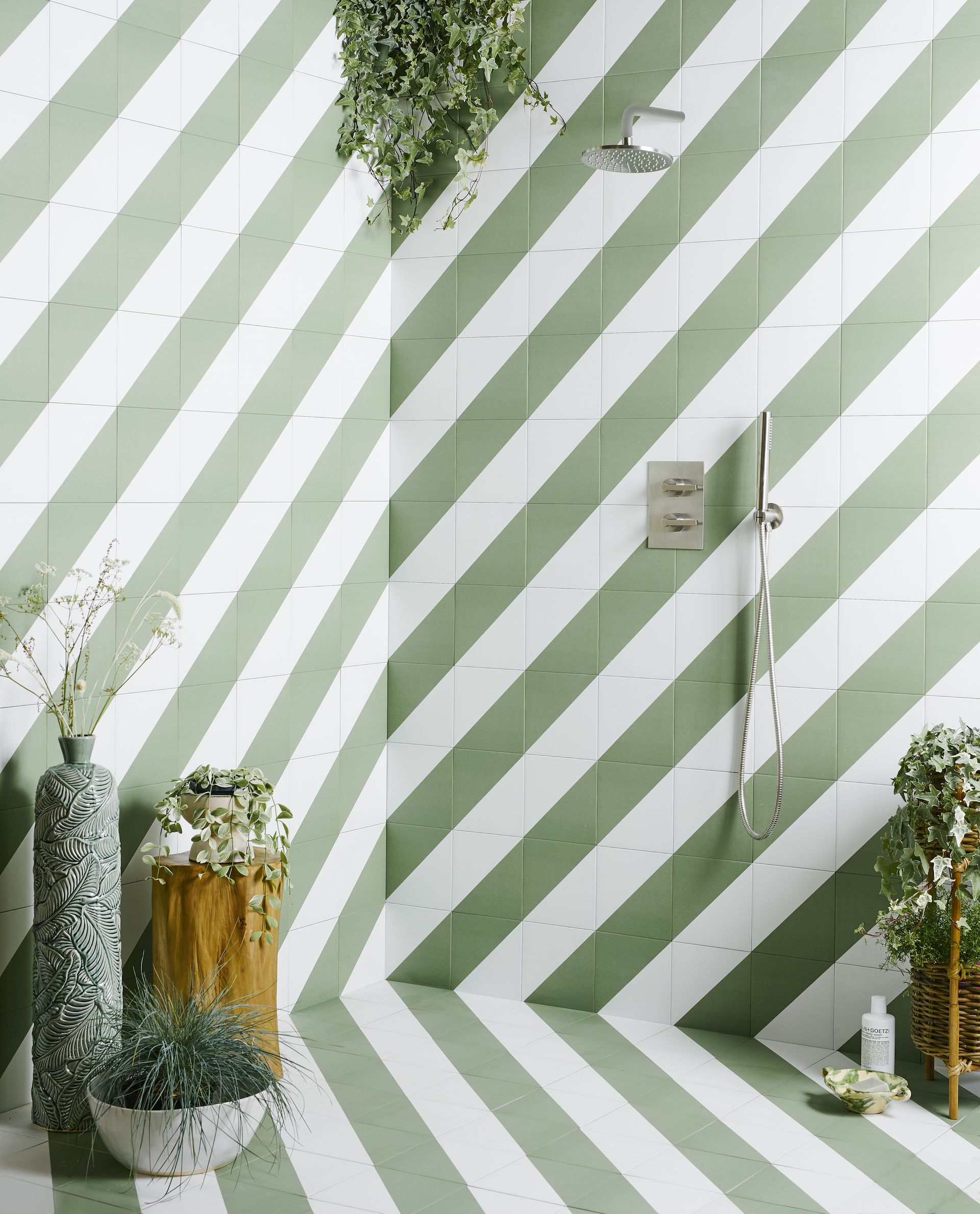
Ok, so we're not asking you to get a degree in tile composition, but it's worth knowing the pros and cons of the different materials offer. Depending on where you intend to lay them, it's possible a less expensive version may suffice.
Encaustic tiles are made from cement and their color comes from pigments which are mixed in, rather than from a surface glaze. These tend to be handmade artisan tiles, with slight variations as part of their charm, and although beautiful, are a pricier option.
Porcelain tiles are extremely hard wearing. They are virtually non-porous, so are easy to clean and maintain. They're especially good in bathrooms, as well as outside as they're frost-proof. They can also be screen-printed to resemble wood, marble, stone and other materials.
Ceramic tiles are less dense than porcelain, so less hard wearing. However, this is fine if you're choosing tiles for walls. Some can also be used on certain floors and can be up to half the price of similar designs in porcelain.
Stone and marble tiles are quarried and cut natural materials with beautiful nuances in texture and tone. So are more expensive than ceramic or porcelain.
Some tiles will need need sealing, and possibly re-sealing, so it's worth finding out about any maintenance required.
'Check the material of your tiles carefully before you order, and make sure it is suitable for the room you want to use them in,' says Harriet Goodacre, tile expert at Topps Tiles.
'For example, natural stone tiles need sealing so are more upkeep in wet areas, making them less suitable when wondering how to tile a bathroom floor. Porcelain tiles are a great all-rounder as they are extremely hard wearing – you can also find ones with a high slip resistance for wet room and outdoor use.'
3. Factor in the delivery cost
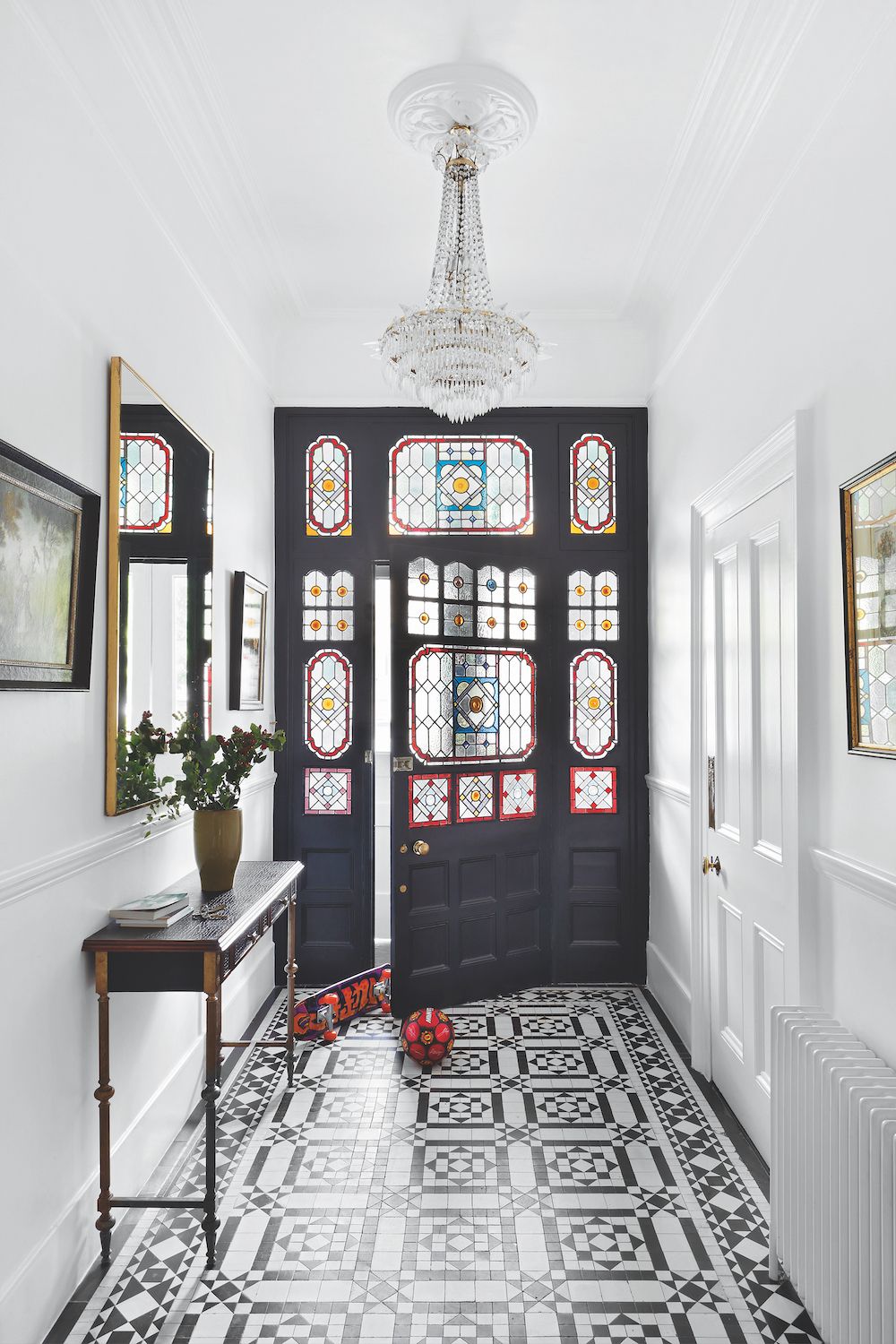
It goes without saying that tiles are heavy. This means shipping may cost more than you expect. Some companies are transparent about shipping costs upfront, offering free delivery if you spend over a certain amount, or with prices staggered accordingly.
Other companies calculate shipping once you're at the check out. To avoid nasty surprises, call to get a quote and factor this in if you're comparing costs across different companies.
Take a leaf from interior designers and draw up a project estimate spec sheet with details and costs including delivery, before deciding which to order, if budget is a big factor.
4. Combine tile types
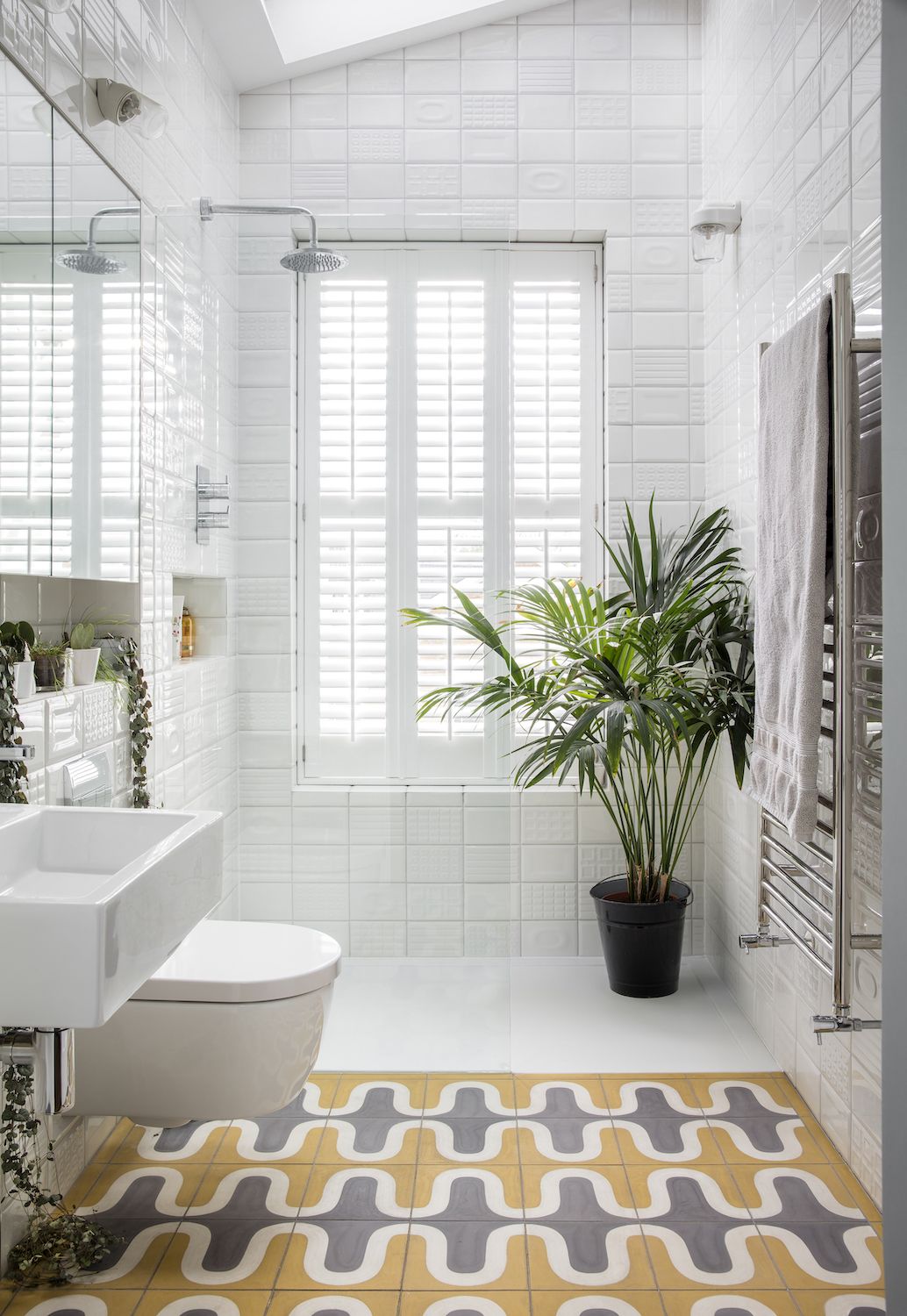
If you've fallen in love with an expensive tile, consider the size of the area you wish to cover. Do you need to tile the whole floor or wall with these premium pieces? Or could you tile a section and mix them with a cheaper option like a plain white or subway tile?
'You can mix tiles with other materials such as wood for flooring too,' says Hayley Robson, creative director at Day True. 'Then you can have a splash of colour without having to cover the whole surface with the same tile.
'If you are mixing tiles, it is a good idea to work the pattern out beforehand so you know who many to order of each.
'Layering your tiles in different styles but in the same color palette, adds texture to your interior and frames your space and means you can vary the price point of your tile, making a big impact with your design.'
Super stylist Lucinda Chambers recently told Livingetc about how she tiled her powder room with inexpensive green tiles, topped off with a less budget-friendly row of black tile beading.
5. Check room measurements and tile sizes
Firstly, makes sure you measure the room correctly, and check the size of the tiles you're considering. 'Tiles come in a huge range of styles and sizes, from tiny mosaics to large stone slabs,' says Harriet Goodacre, tile consultant at Topps Tiles.
'While it might seem natural to tile a small room with smaller tiles, this might not have the effect you're looking for. Larger tiles mean less grout lines which can make small rooms appear larger.
'When measuring an irregular shaped room, divide the area into segments and work them out individually. Then add all the measurements together to get the area. Measure doors and windows too, then subtract that from the total.'
6. Allow for cutting and wastage
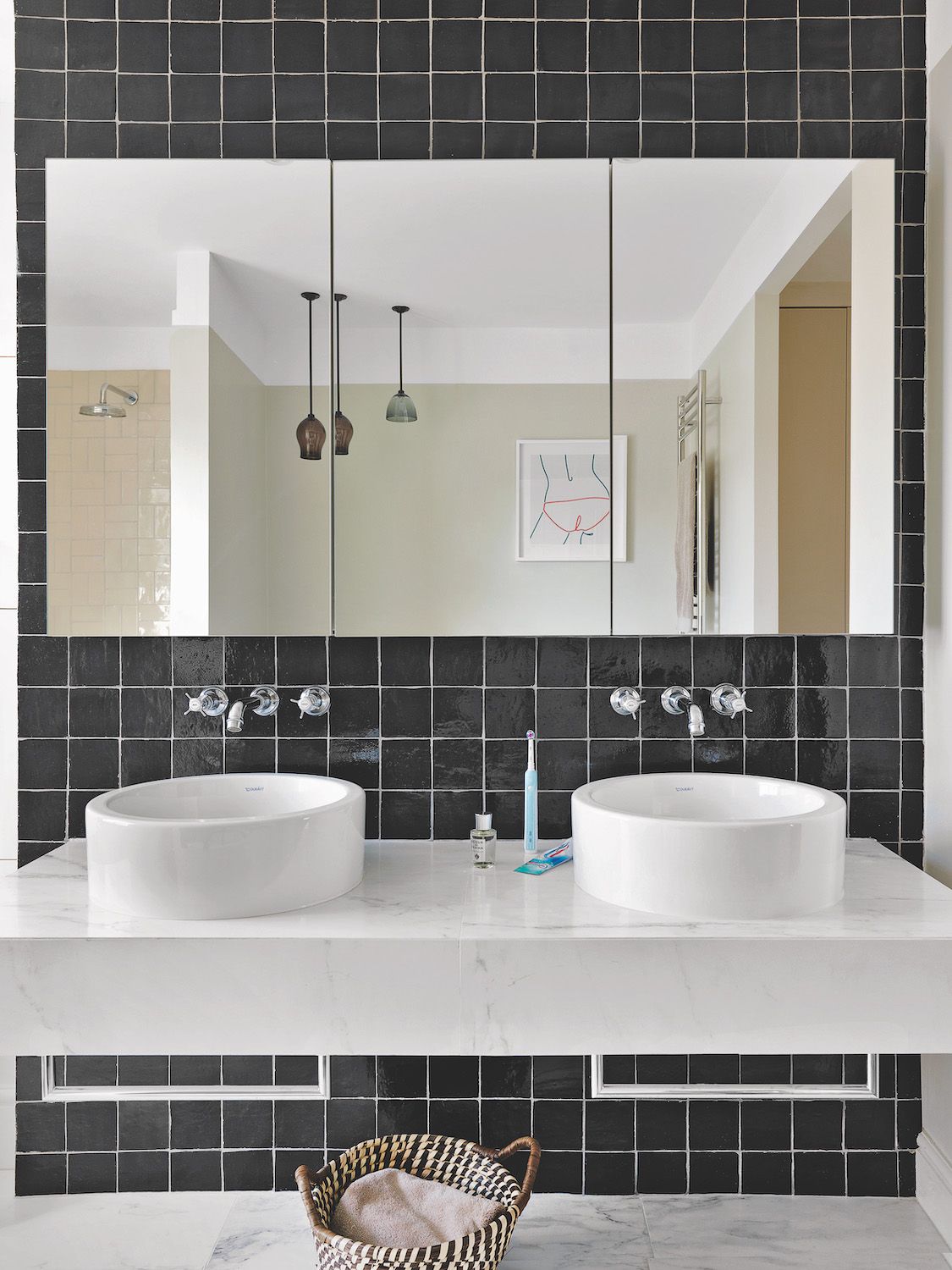
It may sound counterintuitive to order extra tiles but this can in fact prevent expensive mistakes, like a patchy bathroom.
'Tiles are like wallpaper and have specific batches, meaning shades can differentiate slightly between batches,' says Amanda Telford at CTD Tiles. 'A common mistake is under ordering, which happens when customers don’t allow for breakages and cutting wastage.
'If you don’t order enough tiles, you’ll then have to try and match up the exact same shade later which can be tricky. We advise customers to order 10% more tiles than they need.
'This allows for any breakages and cutting issues and provides spares for a later date if you need them if any alterations are made.'
'It's always worth requesting the batch codes, so that if you do run out you have the same batch and color to work with,' adds Hayley Robson at Day True.
Be The First To Know
The Livingetc newsletter is your shortcut to the now and the next in home design. Subscribe today to receive a stunning free 200-page book of the best homes from around the world.
Jacky Parker is a London-based freelance journalist and content creator, specialising in interiors, travel and food. From buying guides and real home case studies to shopping and news pages, she produces a wide range of features for national magazines and SEO content for websites
A long-time contributor to Livingetc, as a member of the team, she regularly reports on the latest trends, speaking to experts and discovering the latest tips. Jacky has also written for other publications such as Homes and Gardens, Ideal Home, Red, Grand Designs, Sunday Times Style and AD, Country Homes and Interiors and ELLE Decoration.
-
 How to Make a White Bathroom Feel Warm — 5 Tricks Designers Use For a Cozier and More Restful Spaces
How to Make a White Bathroom Feel Warm — 5 Tricks Designers Use For a Cozier and More Restful SpacesGive your all-white bathroom a glow-up with these tips for bringing warmth to the space
By Oonagh Turner Published
-
 5 Habits to Adopt That Will Make Your Home Smell Good All the Time — 'Add Them to Your Routine Today!'
5 Habits to Adopt That Will Make Your Home Smell Good All the Time — 'Add Them to Your Routine Today!'Incorporating these tricks into your maintenance routine will keep every corner of your home smelling fresh and welcoming
By Katie Baxter Published

